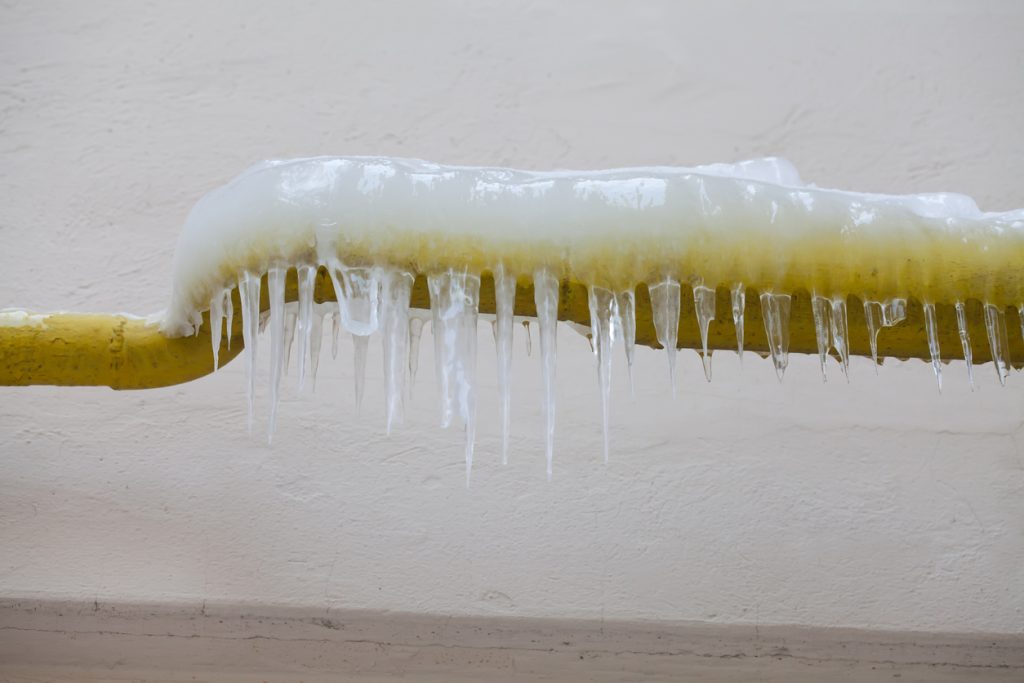Crucial Advice for Avoiding Frozen Pipes in Winter Seasons
Crucial Advice for Avoiding Frozen Pipes in Winter Seasons
Blog Article
The author is making several good points related to Prevent Frozen Pipes in general in the content following next.

Winter can ruin your plumbing, specifically by freezing pipelines. Here's exactly how to avoid it from taking place and what to do if it does.
Introduction
As temperatures drop, the risk of icy pipelines boosts, possibly bring about pricey repairs and water damages. Recognizing just how to stop icy pipes is vital for house owners in chilly climates.
Prevention Tips
Shielding vulnerable pipelines
Wrap pipes in insulation sleeves or utilize warm tape to shield them from freezing temperatures. Focus on pipelines in unheated or external areas of the home.
Home heating strategies
Maintain interior areas adequately heated up, especially areas with pipes. Open up cabinet doors to permit cozy air to distribute around pipes under sinks.
Exactly how to determine frozen pipelines
Seek reduced water flow from taps, uncommon odors or noises from pipes, and visible frost on subjected pipes.
Long-Term Solutions
Architectural modifications
Consider rerouting pipelines away from exterior wall surfaces or unheated locations. Include added insulation to attic rooms, cellars, and crawl spaces.
Updating insulation
Invest in top notch insulation for pipes, attics, and wall surfaces. Correct insulation aids keep regular temperature levels and lowers the danger of frozen pipes.
Protecting Exterior Pipes
Garden hose pipes and outdoor taps
Detach and drain yard pipes before winter. Mount frost-proof spigots or cover exterior faucets with insulated caps.
Recognizing Frozen Pipelines
What triggers pipelines to freeze?
Pipelines freeze when revealed to temperatures listed below 32 ° F (0 ° C) for expanded periods. As water inside the pipes freezes, it expands, putting pressure on the pipeline walls and potentially triggering them to break.
Threats and problems
Frozen pipes can lead to water system interruptions, property damage, and pricey fixings. Ruptured pipelines can flooding homes and trigger substantial structural damage.
Signs of Frozen Piping
Recognizing frozen pipes early can stop them from breaking.
What to Do If Your Pipelines Freeze
Immediate actions to take
If you believe frozen pipes, keep taps available to relieve stress as the ice melts. Utilize a hairdryer or towels taken in hot water to thaw pipelines gradually.
Final thought
Protecting against frozen pipelines calls for proactive procedures and fast reactions. By comprehending the reasons, signs, and preventive measures, house owners can shield their plumbing during cold weather.
6 Proven Ways to Prevent Frozen Pipes and Protect Your Home
Disconnect and Drain Garden Hoses
Before winter arrives, start by disconnecting your garden hoses and draining any remaining water. Close the shut-off valves that supply outdoor hose bibs and leave the outdoor faucet open to allow any residual water to drain. For extra protection, consider using faucet covers throughout the colder months. It’s also important to drain water from any sprinkler supply lines following the manufacturer’s directions.
Insulate Exposed Pipes
Insulating your pipes is an effective way to prevent freezing. Pipe insulation is readily available at home improvement stores and is relatively inexpensive. Pay close attention to pipes in unheated areas such as the attic, basement, crawl spaces, or garage. Apply foam insulation generously to create a buffer against the cold. You can also wrap your pipes in heat tape or thermostat-controlled heat cables for added warmth.
Seal Air Leaks
Inspect your home for any cracks or openings that could let in cold air. Seal any holes around the piping in interior or exterior walls, as well as the sill plates where your home rests on its foundation. Additionally, make sure to keep your garage door closed unless you’re entering or exiting. Leaving it open creates a significant air leak that can lead to frozen pipes.
Allow Warm Air Circulation
During cold snaps, it’s essential to allow warm air to circulate evenly throughout your home. Leave interior doors ajar to promote better airflow. Open kitchen and bathroom cabinets to help distribute heat consistently around the rooms. If you have small children or pets, be sure to remove any household chemicals or potentially harmful cleaners from open cabinets for safety.
Let Faucets Drip
A small trickle of water can make a big difference in preventing ice formation inside your pipes. When temperatures drop significantly, start a drip of water from all faucets served by exposed pipes. This continuous flow helps prevent the water from freezing. Additionally, running a few faucets slightly can relieve pressure inside the pipes, reducing the chances of a rupture if the water inside does freeze.
https://choateshvac.com/6-proven-ways-to-prevent-frozen-pipes-and-protect-your-home/

I stumbled upon that write up about How To Avoid Freezing Pipes when doing a lookup on the web. Are you aware of someone else who is sincerely interested in the topic? Why not share it. We recognize the value of reading our article about How to prepare your home plumbing for winter weather.
Further Details Report this page